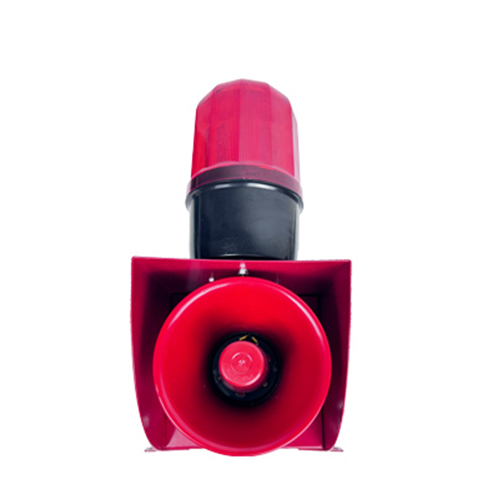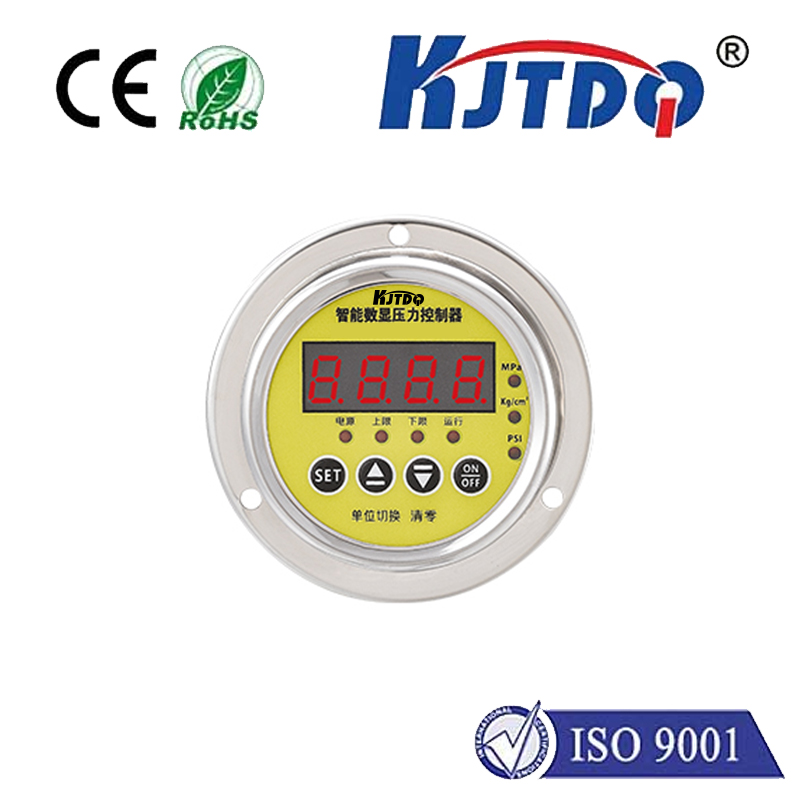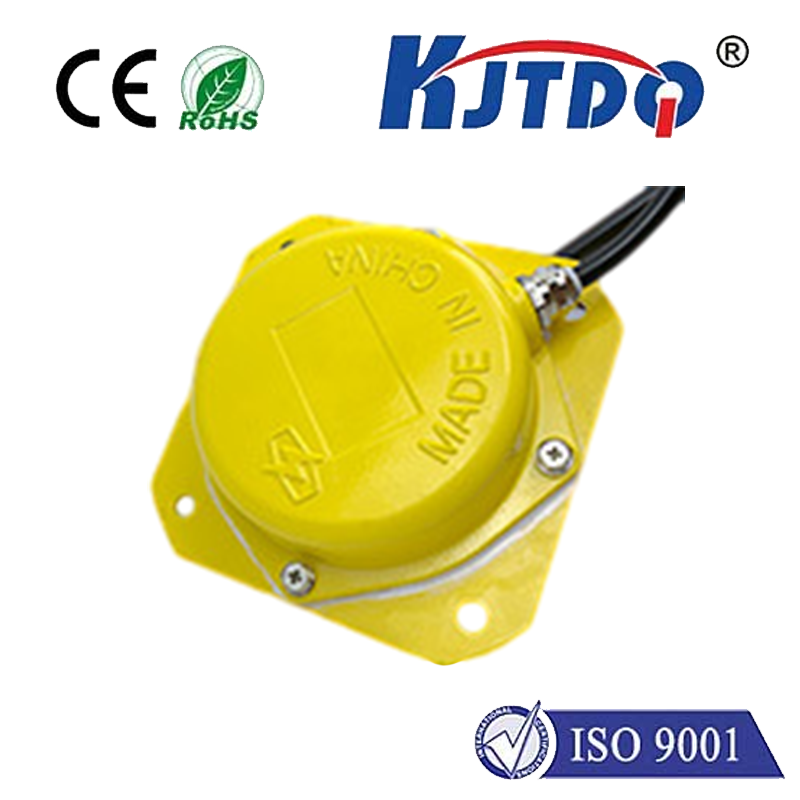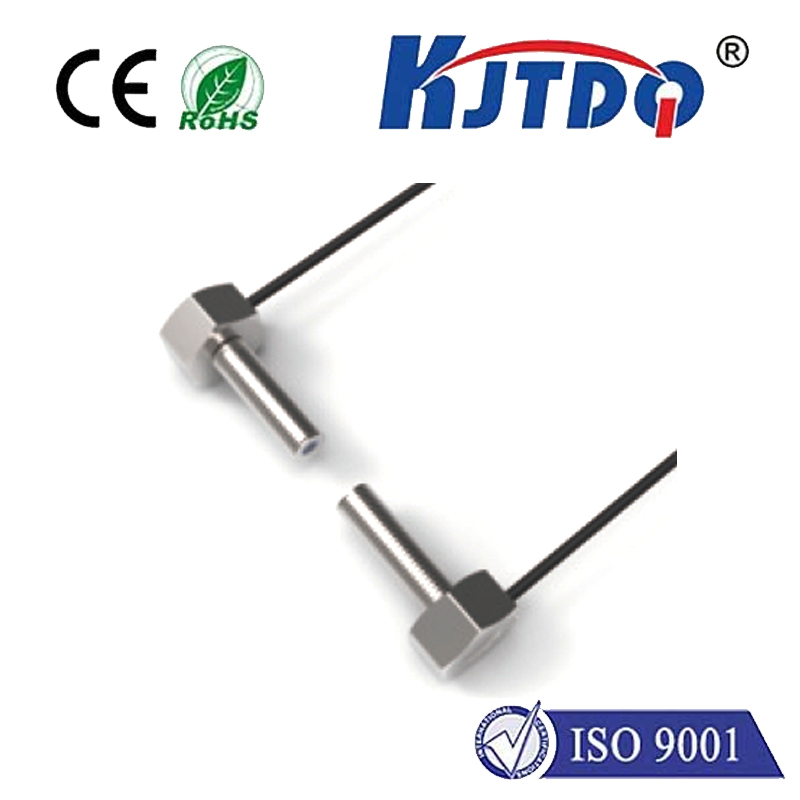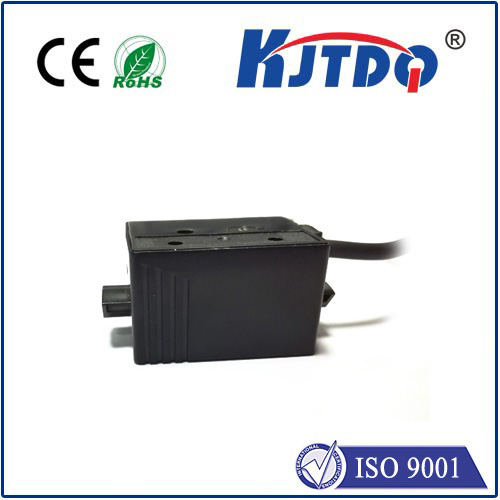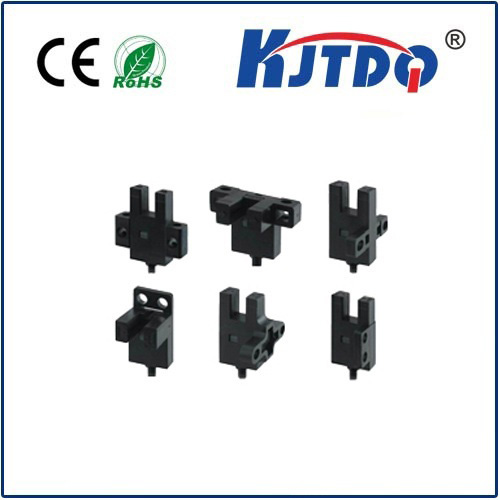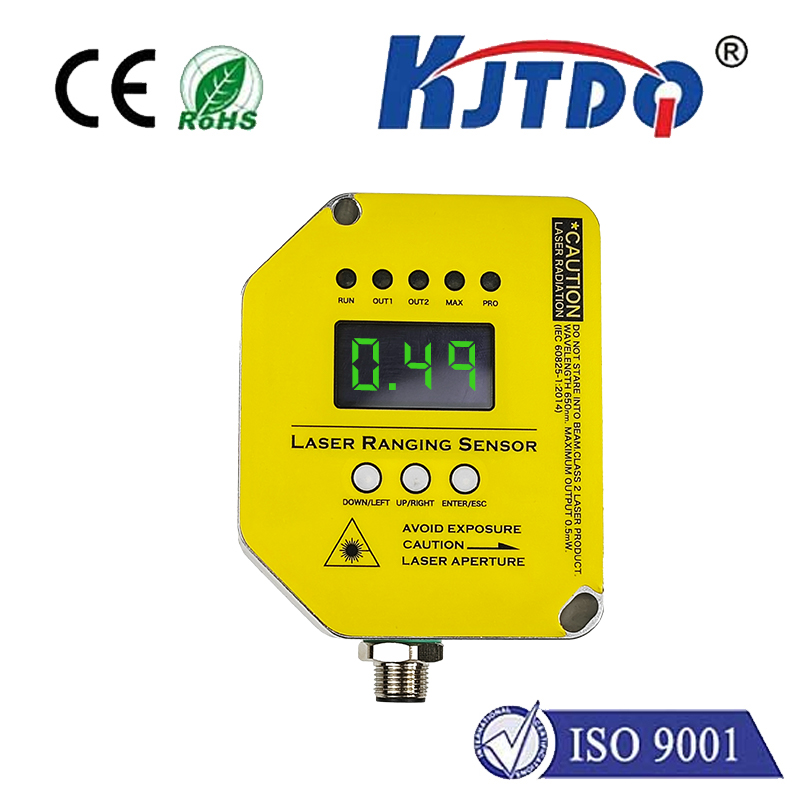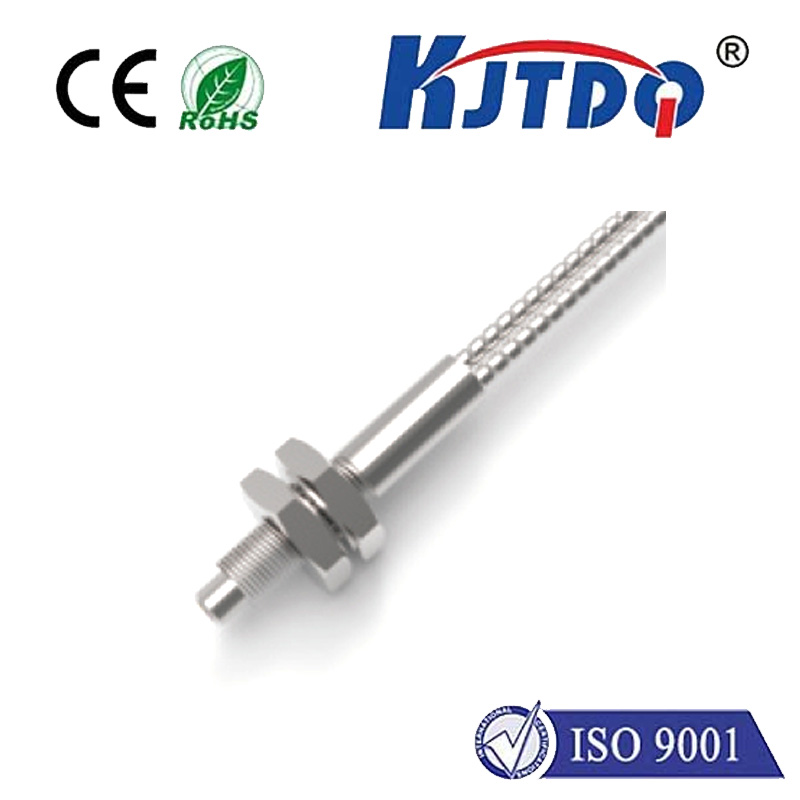

check

check

check

check

check

check

check

check

check

check
Title: Revolutionizing Measurements with Laser Rangefinder Sensors
The advancement of technology has led to the invention of innovative devices that have greatly improved the efficiency and accuracy of various fields. One such device is the laser rangefinder sensor, which has revolutionized the way we measure distances and detect objects in our environment. In this article, we will explore the features and applications of laser rangefinder sensors.

Firstly, let us understand what a laser rangefinder sensor is. It is a device that uses a laser beam to measure the distance between the sensor and a target object. The sensor emits a laser beam, which bounces off the target object and returns to the sensor. The time taken for the laser beam to travel from the sensor to the target object and back is then used to calculate the distance between them.
Laser rangefinder sensors are known for their high precision and accuracy, making them ideal for a wide range of applications. They are commonly used in industries such as construction, surveying, and manufacturing to measure distances and ensure precise alignment of machinery and structures. Additionally, they are also used in automotive industry for advanced driver-assistance systems (ADAS) like adaptive cruise control, forward collision warning, and lane keeping assist.
One of the most significant advantages of using laser rangefinder sensors is their ability to provide real-time measurements. This means that users can get instant feedback on the distance or position of an object, allowing them to make quick adjustments and improve overall productivity. Moreover, these sensors can operate in various environments, including low light conditions or harsh weather, making them versatile tools for different scenarios.
Another benefit of laser rangefinder sensors is their non-contact nature. Unlike traditional measuring tapes or calipers, these sensors do not require physical contact with the object being measured. This reduces the risk of damage to both the sensor and the object, while also minimizing human error that may occur during manual measurement processes.
In conclusion, laser rangefinder sensors have emerged as powerful tools for accurate distance measurements and object detection. Their precision, real-time feedback, and non-contact nature make them suitable for a variety of applications across different industries. As technology continues to advance, we can expect further innovations in laser rangefinder sensors, enhancing their capabilities and opening up new possibilities for their use.
